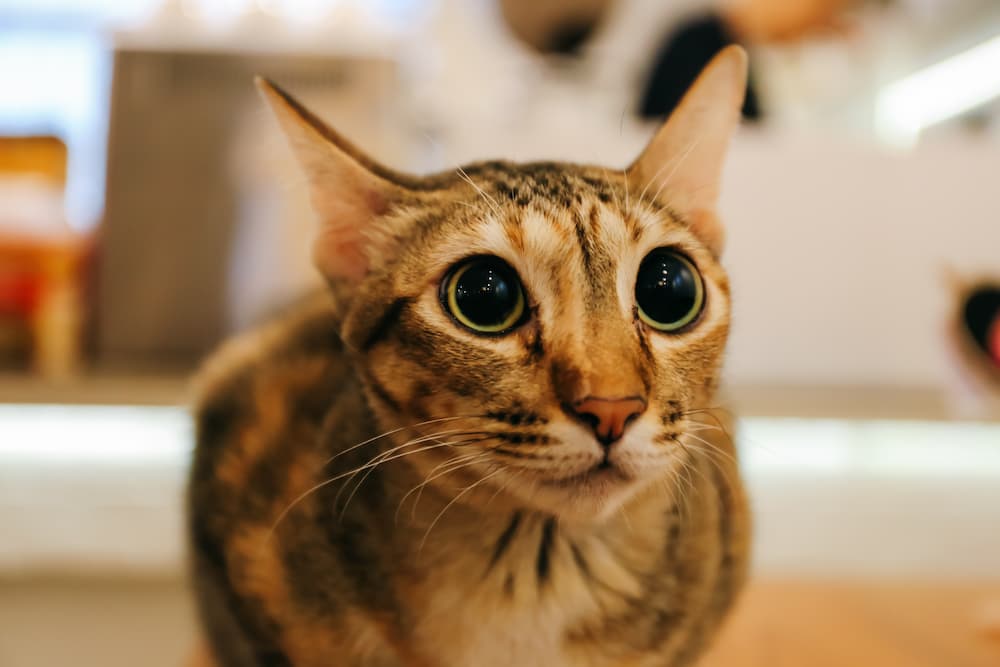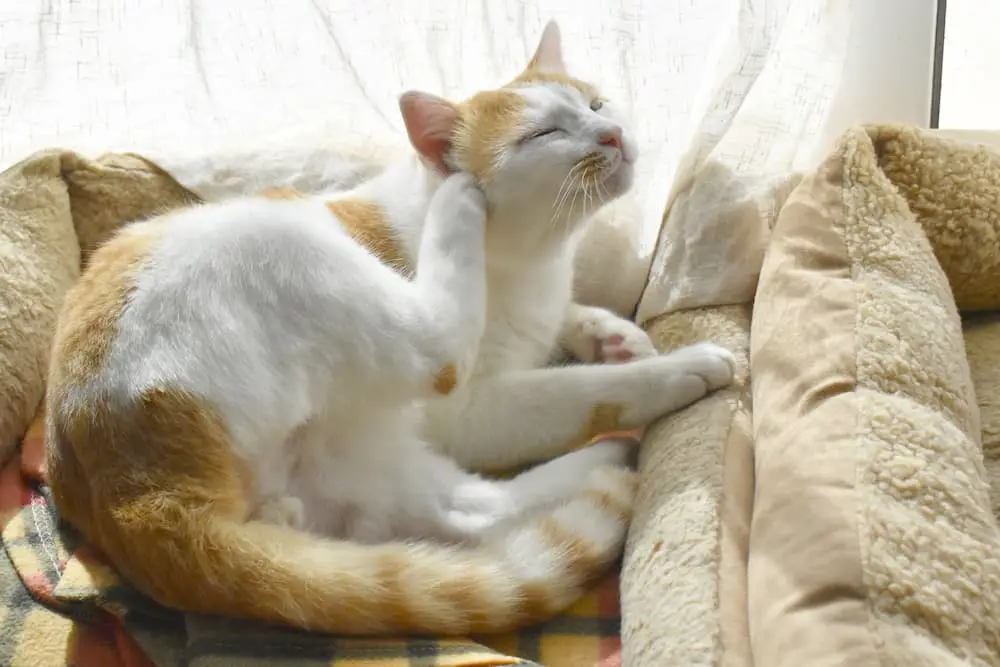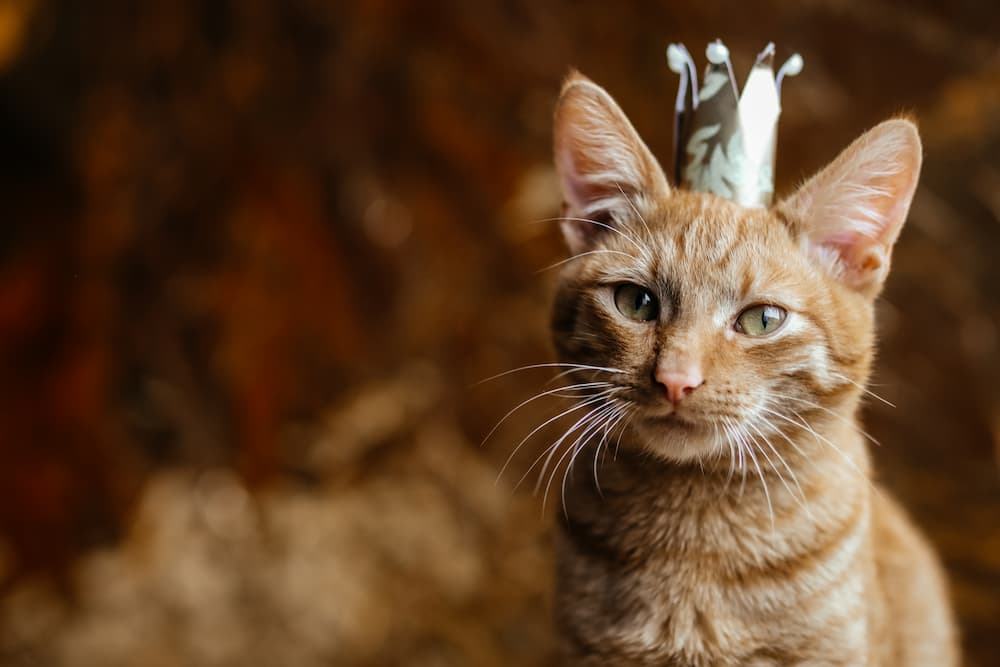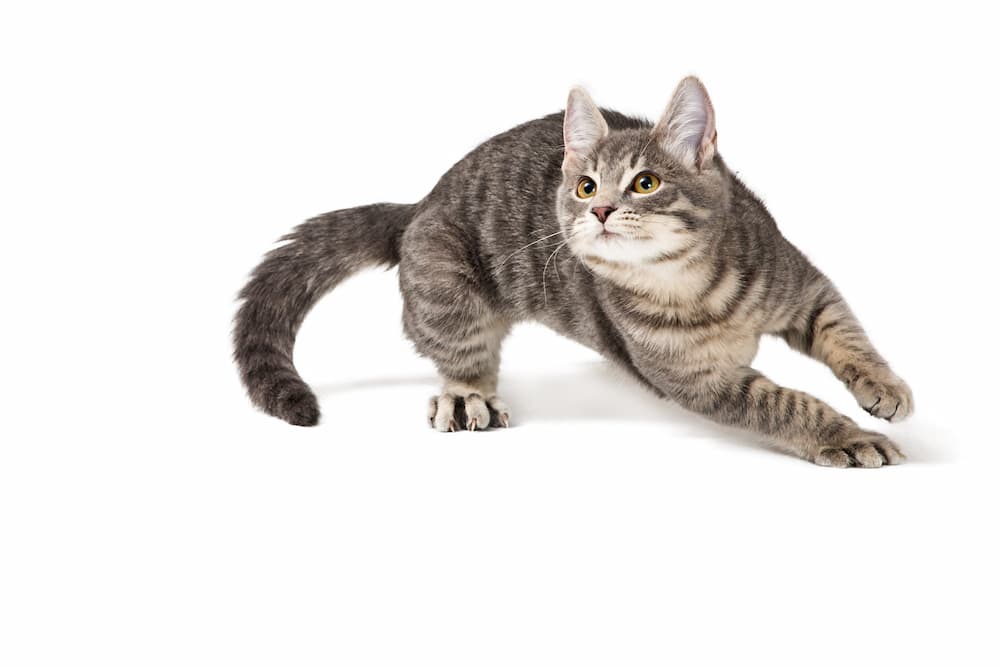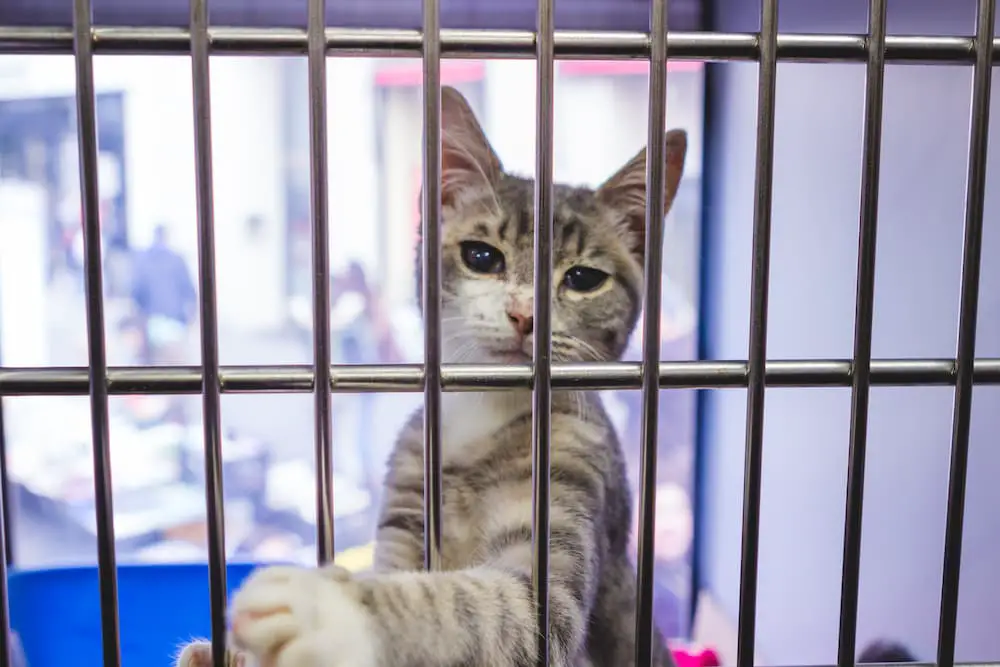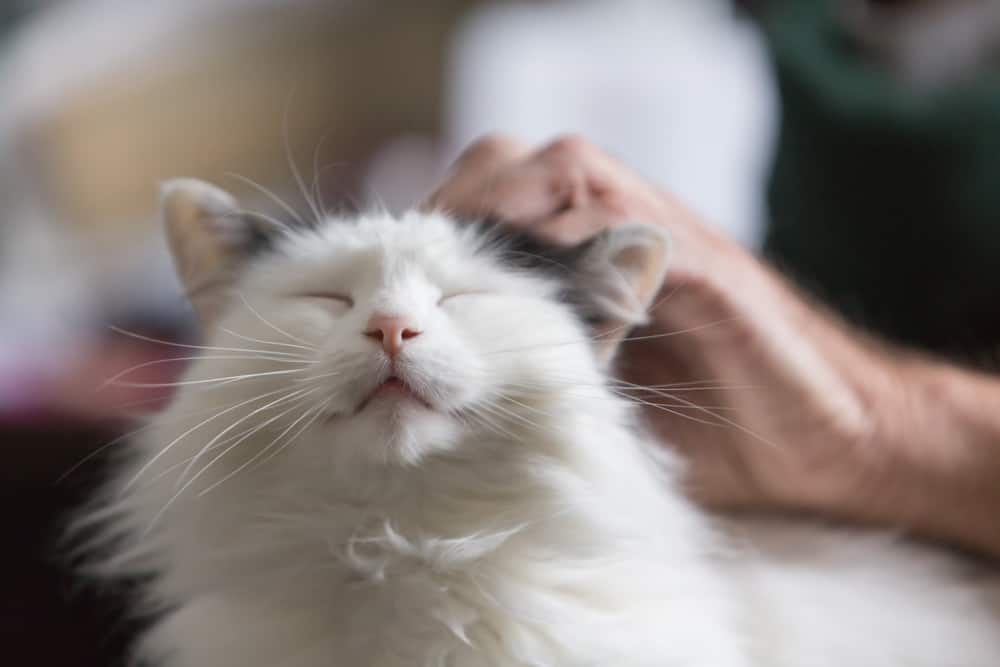
Pearl
Pearl, a grey Burmese cat, had fought for a long time to be a therapy cat. Placed next to Paxton, a boy born with a condition that contorted his hands, she demonstrated why she had fought for so long. Paxton’s family had made the difficult decision to try and new medicine that might help the 7 year old open his hands for the first time; as Pearl settled in, he started to pet her, and then: a miracle. Over the course of a few minutes, the boy’s hands began to relax and open; everyone went from simply enjoying a child playing with a cat to realizing what was really happening. Pearl was a crucial part of Paxton’s miracle.
Although therapy dogs are a common sight in many medical settings, not to mention college campuses, therapy cats are a much rarer sight; there are only 222 registered therapy cats with Pet Partners, as opposed to over 10,000 dogs. Therapy cats are a relatively unknown quantity- but there should be more, as they work just as many miracles for patients, providing comfort and healing in times of need.
The tale of Pearl and Paxton is just one of many uplifting stories that showcase the case for therapy cats. I write about many such stories in my new book Heroic, Helpful and Caring Cats: Felines Who Make a Difference.
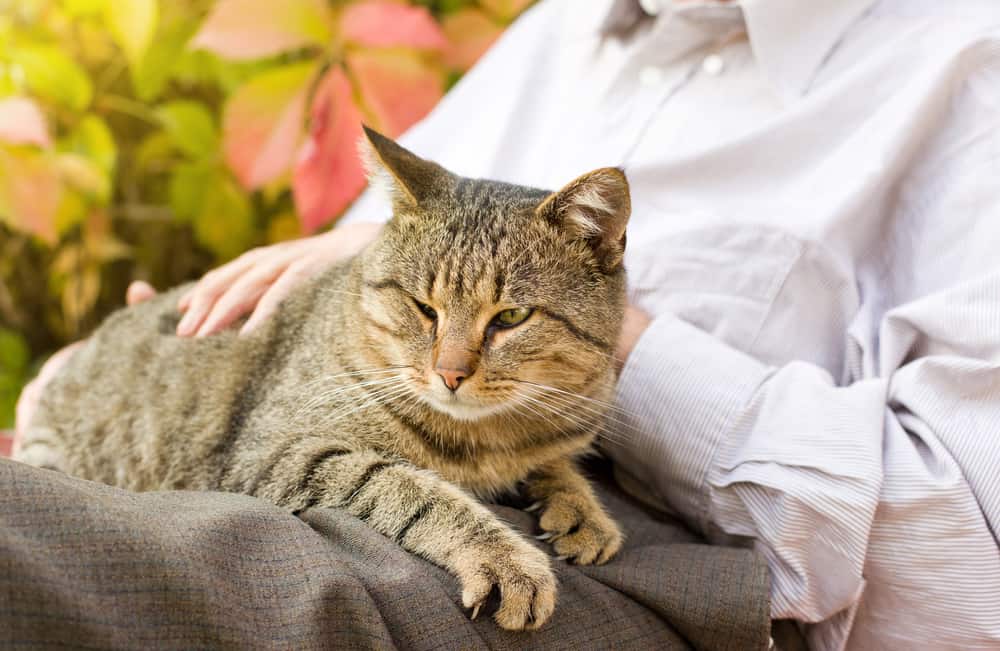
Tommy
Another heartwarming story is that of Tommy, an 8-year old cat who went from living in a traumatizing hoarding situation to being dumped at a local veterinarian, to living a life helping others. His caretaker, Christy Santoro, found him, and his eyes were badly infected to the point of blindness. Despite this trauma as a kitten, Tommy loves interacting with people and is a very good-natured cat. Christy thought that Tommy’s shining personality and love of people would make him a great therapy cat so she got him certified. One woman Tommy visits regularly has lost her ability to walk, so he sits next to her- they have a touching connection. Sometimes he purrs on her chest; she says his visits are the best part of her week.
Tommy also visits a memory-care center that is home to residents with dementia and Alzheimer’s disease. A patient there, an elderly woman, was very agitated and confused, yelling for her long-deceased husband and asking for her keys so she could go home, despite having lived there for some time. Tommy, seeming to know exactly how to remedy the situation, jumped into her lap and she immediately began to relax. After some more time with the intrepid feline, she stopped focusing on wanting to leave and instead began to share stories about her own cat; Tommy brought her back to the present.
Puntino
Similar to Tommy, an adorable black and white Devon Rex cat named Puntino (Tino for short), regularly comforts the elderly. Born in Italy, Tino spends a lot of his time at the Veteran’s Community Living Center in Washington State, a residential nursing facility for disabled veterans. For many of the veterans, Tino’s visits are the highlight of their weeks. These veterans often require high-level healthcare, with a variety of disabilities and mobility issues; Tino knows exactly how to accommodate their abilities and work with them to snuggle. For example, one vet’s hands couldn’t pet Tino, but Tino brought his head into the man’s hands. The veteran immediately beamed from ear to ear. Tino snuggled a paralyzed vet right under his chin, soothing the man; yet another vet could not talk and instead moaned, but Tino soothed him into a contented silence. Tino’s presence is truly transformative.
Even those who might not want to pet Tino appreciate his visits, although Tino is also adept at telling exactly when he wants to be held. Every moment with him is special.
These stories are merely the start of a wealth of smart, loving cats who are invaluable as therapy animals. They care for the sick and elderly and can also, like other therapy animals, provide comfort to those in high stress jobs, like social workers managing child welfare cases.
Therapy cats provide joy on their own terms and have some advantages compared to the more prevalent therapy dogs. Cats are smaller and lighter than most dogs and can move with patients and accommodate mobility issues; it’s easy to hop on a lap or wheelchair to provide space for petting. Tino did this with the disabled veterans, meeting them where they were at in terms of physical limitation and capability.
Yet despite these clear advantages, getting a therapy cat into a hospital is less straightforward than you might think. Geralyn Hawk, Pearl’s caretaker, campaigned for years to bring Pearl to a hospital she visited with her therapy dogs every day. Eventually, after helping people elsewhere, including stressed out students and a camp for disabled teens, Pearl became the hospital’s first therapy cat.
Each patient takes comfort from a different animal. Especially in times of widespread stress like these, why not consider making therapy cats more widespread?
About the author:
Anne E. Beall, PhD is the CEO and Founder of Beall Research, Inc, a consulting firm that uses data and research to discover trends and create solutions for Fortune 500 companies. Author of Heroic, Helpful & Caring Cats: Felines Who Make a Difference and 7 other books on human-animal relations, fairy tales, gender dynamics, and market research, Anne previously worked for the Boston Consulting Group (BCG). She received her MS, MPhil, and PhD from Yale University. A lover of cats, storytelling, and walking, Anne lives in Chicago.
The Catington Post is reader-supported. That means, if you make a purchase through links on our site, we may earn an affiliate commission. All images and names which are not the property of The Catington Post are the property of their respective owners.
